Transcription of South Carolina, 1739 - National Humanities Center
1 National Humanities Center Resource Toolbox Becoming American: The British Atlantic Colonies, 1690-1763. Library of Congress Two Views of the Stono Slave Rebellion South carolina , 1739. *. On the single day of Sunday, 9 September 1739, occurred a slave uprising which, although brief and quickly suppressed, alarmed white colonists throughout British America. About fifty enslaved African Americans, perhaps responding to the promise A Map of the British and French settlements in North of freedom in Spanish Florida, stole weapons and killed about America, 1755, detail including Charles Town, South carolina , and St. Augustin[e] in Spanish Florida twenty white settlers as they headed South . Soon most were killed or captured, tried, and executed; the decapitated heads of Library of Congress several were placed on posts as a stark warning.
2 Soon after, South carolina enacted stricter limitations on slaves' conduct, especially their freedom on Sundays to work for themselves, . 1. and also banned slaveholders from freeing their slaves. Two perspectives on the uprising one white, one black are presented here. The first was written by an unidentified white official soon after the uprising. The second is a long-valued family account narrated almost two centuries later by a great- great-grandson of Cato, one of the slave leaders. What does one learn from each account? from reading both accounts? What is the primary tone and message of each account? What accounts for their differences? (A third perspective is included here: see photos of the South carolina historic marker on page two.) A map of South carolina and a part of Georgia, 1780, detail including Charles Town and the Stono River An Account of the Negroe Insurrection in South carolina , 1739 2.
3 Written by an unidentified white official, the account begins with a summary of Spain's proclamation of protection and freedom to slaves in the British colonies, then proceeds to relate the events of the uprising. Sometime since there was a Proclamation published at Augustine [Spanish Florida], in which the King of Spain (then at Peace with Great Britain) promised Protection and freedom to all Negroes Slaves that would resort thither. Certain Negroes belonging to Captain Davis escaped to Augustine, and were received there.. The good reception of the Negroes at Augustine was spread about. Several attempted to escape to the Spaniards, & were taken, one of them was hanged at Charles Town.. On the 9th day of September last, being Sunday, which is the day the Planters allow them to work for themselves, Some Angola Negroes assembled to the number of Twenty; and one who was called Jemmy was their Captain.
4 They surprised a Warehouse belonging to Mr. Hutchenson at a place called Stonehow [Stono]; they there killed Mr. Robert Bathurst and Mr. Gibbs, plundered the House and took a pretty many small Arms and Powder, which were there for Sale. Next they plundered and burnt Mr. *. National Humanities Center , 2009: Complete image credits at 1. Mark E. Smith, ed., Stono: Documenting and Interpreting a Southern Slave Revolt (University of South carolina Press, 2005), pp. xiii-xiv. 2. The Colonial Records of the State of Georgia, ed. Allen D. Candler, et al. (Atlanta: Byrd, 1913), vol. 22, pt. 2, pp. 232-236. Paragraphing added and some spelling and punctuation modernized by NHC for clarity. Some scholars credit the account to Gen. James Oglethorpe, founder and leader of the Georgia colony.
5 Also printed in Smith, ed., Stono. Godfrey's house and killed him, his Daughter and Son. They then turned back and marched Southward along Pons Pons, which is the Road through Georgia to Augustine. They passed Mr. Wallace's Tavern towards daybreak, and said they would not hurt him, for he was a good Man and kind to his Slaves, but they broke open and plundered Mr. Lemy's House and killed him, his wife and Child. They marched on towards Mr. Rose's resolving to kill him; but he was saved by a Negroe who, having hid him, went out and pacified the others. Several Negroes joined them, they calling out Liberty, marched on with Colours displayed and two Drums beating, pursuing all the white people they met with, and killing Man Woman and Child when they could come up to them.
6 Colonel Bull, Lieutenant Governour of South Caro- lina, who was then riding along the Road, discovered them, was pursued, and with much difficulty escaped & raised the Country. They burnt Colonel Hext's house and killed his Overseer and his Wife. They then burnt Mr. Sprye's house, then Mr. Sacheverell's, and then Mr. Nash's house, all lying upon the Pons Pons Road, and killed all the white People they found in them. Mr. Bullock got off, but they burnt his House. South carolina state historic marker By this time many of them were drunk with the Rum (front and back) they had taken in the Houses. They increased every minute by new Negroes coming to them, so that they were above Sixty, some say a hundred, on which they halted in a field and set to dancing, Singing and beating Drums, to draw more Negroes to them, thinking they were now victorious over the whole Province, having marched ten miles & burnt all before them without Opposition, but the Militia being raised, the Planters with great briskness pursued them and when they came up, dismounting, charged them on foot.
7 The Negroes were soon routed though they behaved boldly, several being killed on the Spot, many ran back to their Plantations thinking they had not been missed, but they were there taken and Shot, Such as were taken in the field also, were, after being examined, shot on the Spot; and this is to be said to the honour of the carolina Planters, that notwithstanding the Provocation they had received from so many Murders, they did not torture one Negroe, but only put them to an easy death. All [slaves] that proved to be forced & were not concerned in the Murders & Burnings were pardoned. And this sudden Courage in the field, & the Humanity afterwards hath had so good an Effect that there hath been no farther Attempt, and the very Spirit of Revolt seems over. About 30 escaped from the fight, of which ten marched about 30 miles Southward, and being overtaken by the Planters on horseback, fought stoutly for some time and were all killed on the Spot.
8 The rest are yet untaken. In the whole action about 40 Negroes and 20 whites were killed. The Lieutenant Governour sent an account of this to General Oglethorpe, who met the advices on his return from the Indian Nation. He immediately ordered a Troop of Rangers to be ranged, to patrol through Georgia, placed some Men in the Garrison at Palichocolas, which was before abandoned, and near which the Negroes formerly passed, being the only place where Horses can come to swim over the River Savannah for near 100 miles, ordered out the Indians in pursuit, and a Detachment of the Garrison at Port Royal to assist the Planters on any Occasion, and published a Proclamation ordering all the Constables &c. [etc.] of Georgia to pursue and seize all Negroes, with a Reward for any that should be taken.
9 It is hoped these measures will prevent any Negroes from getting down to the Spaniards. National Humanities Center 2. Library of Congress Stono R. and CharlesTown, in A compleat description of the province of [ South ] carolina , map by Edward Crisp, 1711, detail A Family Account of the Stono Uprising, ca. 1937 . In most accounts of slave uprisings from the slave's perspective such as formulaic legal confessions or dramatic narratives transcribed as fully and voluntarily made by the captured rebel ( , The Confessions of Nat Turner) the slave's experience is heavily filtered through the white recorder's pen. In contrast, this 1930s interview with a direct descendant of Cato, a leader of the 1739 Stono Rebellion in South carolina , may be the closest we get to an unfiltered first-person account of a slave rebellion.
10 George Cato, the great-great-grandson of Cato, relates the slaves' account as passed down for two centuries in the Cato family (and as transcribed by a white interviewer in the WPA Federal Writers' Project). His narrative is corroborated by other sources, . affirms historian Mark M. Smith. Oral tradition among nonliterate or barely literate peoples is often reliable.. The document is the 3. only source we have from a nonwhite perspective, and it is worth reading carefully.. Note: The narrative is presented as transcribed. Some white interviewers, despite project guidelines for transcribing the narratives, used stereotypical patterns of representing black speech. See A Note on the Language of the Narratives from the Library of Congress at and Guidelines for Interviewers at pds/ George Cato, a Negro laborer, residing at the rear of 1010 Lady Street, Columbia, , says he is a great-great-grandson of the late Cato slave who commanded the Stono Insurrection in 1739, in which 21.
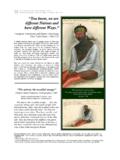
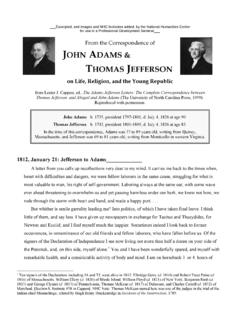
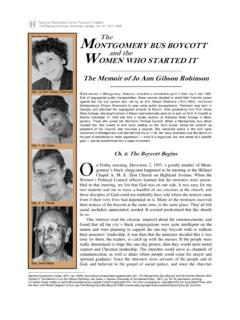
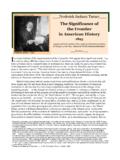
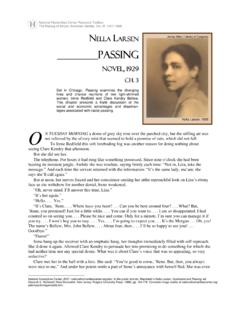
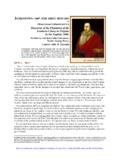
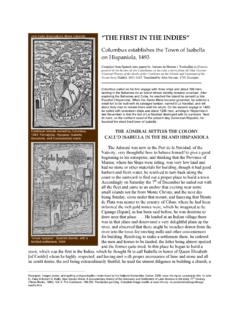
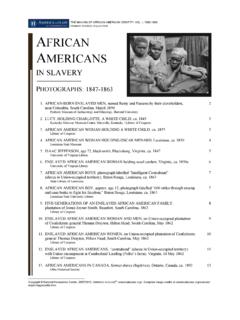
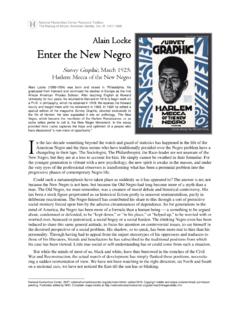
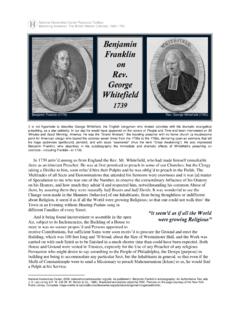


![WELCOME [www.mcnielauctionservice.com]](/cache/preview/3/e/e/0/8/e/3/5/thumb-3ee08e3558ea13919335d58e64d77518.jpg)
